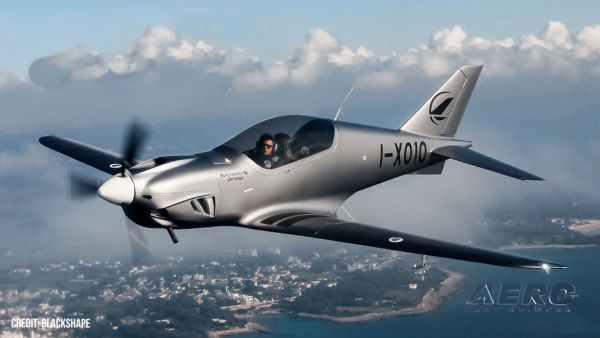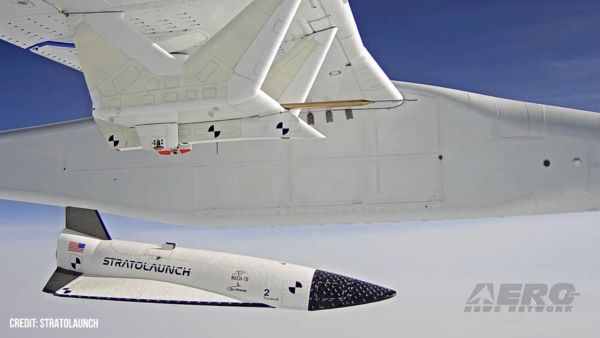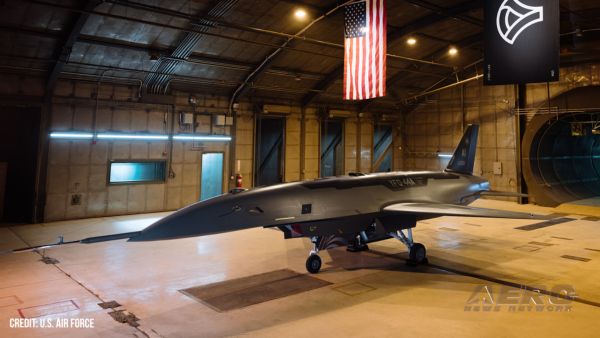Mon, Apr 27, 2009
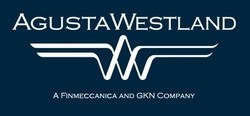 During a ceremony at AgustaWestland's Yeovil facility, last
week, it was announced that the Future Lynx has been renamed the
AW159, bringing it in line with the other products in the
AgustaWestland range of commercial and military rotorcraft. The
design of the AW159 builds on the heritage of the Lynx family of
helicopters, but delivers a much greater mission capability due to
improvments in performance, as well as a new fully integrated
advanced avionics system and mission equipment packages.
During a ceremony at AgustaWestland's Yeovil facility, last
week, it was announced that the Future Lynx has been renamed the
AW159, bringing it in line with the other products in the
AgustaWestland range of commercial and military rotorcraft. The
design of the AW159 builds on the heritage of the Lynx family of
helicopters, but delivers a much greater mission capability due to
improvments in performance, as well as a new fully integrated
advanced avionics system and mission equipment packages.
At the ceremony Graham Cole, AgustaWestland's Managing Director,
said "The AW159 is now reality with production well underway and
the first aircraft on target to fly in November this year.
Rebranding the aircraft the AW159 confirms that the aircraft is now
fully a part of AgustaWestland's unrivalled range of military
helicopters. Following in the success of the Lynx and Super Lynx,
we see the AW159 becoming a highly successful product in the export
market due to its exceptional performance and multi-role
capabilities."
At the same ceremony Lieutenant General Andrew Figgures, Deputy
Chief of the Defence Staff (Capability) also noted that the
aircraft would be called the Lynx Wildcat in UK military service,
following a long running tradition for the UK services to name its
aircraft.
It was confirmed by the Secretary of State for Defence, John
Hutton MP, in December 2008 that the Future Lynx contract signed in
June 2006 by the UK Ministry of Defence with AgustaWestland, would
proceed to full scale production. 62 AW159s will be initially
procured by the UK MoD, 34 for the British Army and 28 for the
Royal Navy. With a common design, sensor and weapon capability, the
multi-role AW159 is optimised for both maritime and battlefield
environments, with the versatility and flexibility for it to be
rapidly switched from one role to another. The aircraft will be
able to perform a wide range of tasks including battlefield
reconnaissance, maritime surface attack and utility lift.
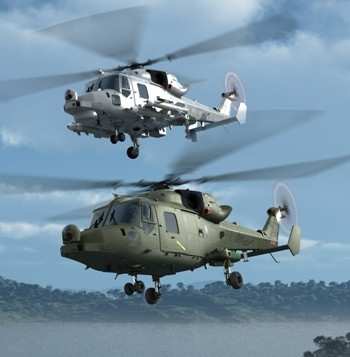
The AW159 programme for the UK MoD continues to be on time and
on budget and was the first major project to be awarded under the
Strategic Partnering Arrangement signed by the UK Ministry of
Defence and AgustaWestland in June 2006. AgustaWestland has also
signed partnering agreements with a number of key supplier on the
Future Lynx programme including Selex Galileo, a Finmeccanica
company; GKN Aerospace, LHTEC - a partnership between Rolls-Royce
and Honeywell, General Dynamics UK, Thales UK and GE Aviation. The
first flight of the aircraft is on schedule to take place in
November 2009 with the first airframe having entered final assembly
in November 2008, ahead of schedule. AW159 deliveries will commence
in 2011 and it will enter operational service with the British Army
in 2014 and the Royal Navy in 2015.
More News
Circle To Runway (Runway Number) Used by ATC to inform the pilot that he/she must circle to land because the runway in use is other than the runway aligned with the instrument appr>[...]
Aero Linx: National Aviation Safety Foundation (NASF) The National Aviation Safety Foundation is a support group whose objective is to enhance aviation safety through educational p>[...]
At Altitude Of About 250-300 Ft Agl, The Airplane Experienced A Total Loss Of Engine Power On November 6, 2024, at 1600 central standard time, a De Havilland DHC-1, N420TD, was inv>[...]
From 2009 (YouTube Edition): Three Hour Flight Was 'Flawless' -- At Least, Until Mother Nature Intervened For anyone who loves the aviation business, this was a VERY good day. Afte>[...]
Also: AMA Names Tyler Dobbs, More Falcon 9 Ops, Firefly Launch Unsuccessful, Autonomous F-16s The Air Force has begun ground testing a future uncrewed jet design in a milestone tow>[...]
 ANN's Daily Aero-Term (05.05.25): Circle To Runway (Runway Number)
ANN's Daily Aero-Term (05.05.25): Circle To Runway (Runway Number) ANN's Daily Aero-Linx (05.05.25)
ANN's Daily Aero-Linx (05.05.25) NTSB Prelim: De Havilland DHC-1
NTSB Prelim: De Havilland DHC-1 Classic Aero-TV: The Boeing Dreamliner -- Historic First Flight Coverage
Classic Aero-TV: The Boeing Dreamliner -- Historic First Flight Coverage Airborne-NextGen 05.06.25: AF Uncrewed Fighters, Drones v Planes, Joby Crew Test
Airborne-NextGen 05.06.25: AF Uncrewed Fighters, Drones v Planes, Joby Crew Test


